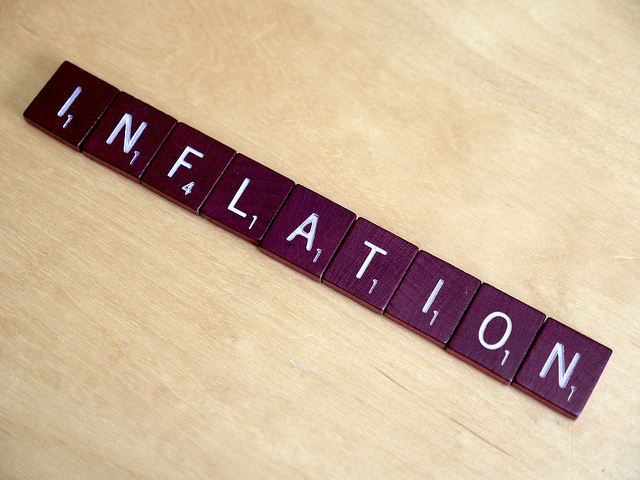The US economy added a much stronger than expected 242,000 jobs in February and the two previous months were revised higher by 30,000, pushing up year-over-year job creation to a solid 2.67 million. The unemployment rate remained at 4.9 percent, the lowest level since February 2008. The report puts the Federal Reserve in a quandary for its upcoming policy meeting. With job creation averaging 228,000 over the past three months and the labor force increasing by 555,000 in February and by 1.5 million in the last three months, the participation rate rose to a 15-month high of 62.9 percent. According to Capital Economics, the report shows that “remaining labor market slack is getting eaten up very quickly.”
If the central bankers are in fact “data dependent,” then the strong jobs report, along with rising core inflation (the Fed’s favorite inflation measure, the core PCE price index, was up 1.7 percent in January from the prior year), would add to the rationale for increasing the fed funds rate by another quarter of a percent in March.
But by now we know that the Fed likes to err on the side of caution. Officials are likely to cite some negatives from the February jobs report as a rationale for doing nothing in March. Chief among the concerns would be the drop in average earnings in February, which translated into a 2.2 percent annualized increase—that’s down from 2.5 percent in the previous month — and average weekly hours worked, which fell sharply to 34.4, from 34.6.
Part of the issue on wages may be the quality of jobs created in February. Big gains in retail and food and drinking establishments contributed to the weakness. Additionally, although the broader unemployment rate (U-6), fell to 9.7 percent, that is still about 1.5 percent ABOVE the precession level.
Bond investors put the likelihood of a March rate hike at essentially zero, believing that the slowdown in global growth will prompt the central bank to do nothing in a week and a half. But if there is continued improvement in the labor market and inflation marches towards the Fed’s desired 2 percent pace, the central bank may by eyeing April or June for the next increase.
MARKETS: HAPPY ANNIVERSARY! I hate to bring you back to a scary time, but seven years ago this week; US stock markets plunged to their worst levels of the entire bear market of 2008-2009. Although the entire financial system almost went over the cliff in September and October of 2008, it wasn’t until March 9, 2009 that stocks hit rock bottom. On that day, the Dow closed at 6547; the S&P 500 fell to 676; and the NASDAQ was at 1268. Time may not heal all wounds, but it certainly has helped investors...
- DJIA: 17,006 up 2.2% on week, down 2.4% YTD
- S&P 500: 2000 up 2.7% on week, down 2.2% YTD
- NASDAQ: 4717 up 2.8% on week, down 5.8 % YTD
- Russell 2000: 1081, up 4.3% on week, down 4.8% YTD
- 10-Year Treasury yield: 1.88% (from 1.77% a week ago)
- Apr Crude: $35.92, up 9.6% on week, up 37% from the 13-year low in Feb
- Apr Gold: $1,270.70, one-year high
- AAA Nat'l avg. for gallon of reg. gas: $1.81 (from $1.74 wk ago, $2.46 a year ago)
THE WEEK AHEAD: A few key speeches by Fed officials could provide the last clues before the central bank’s March policy meeting. All eyes will be on the ECB—it is expected that Draghi & Co will provide more stimulus to the ailing European economy.
Mon 3/7:
3:00 Consumer Credit
Fed Governor Lael Brainard and Fed Vice Chair Stanley Fischer speak
Tues 3/8:
6:00 NFIB Small Business Optimism
Weds 3/9:
10:30 EIA Petroleum Status Report
Thursday 3/10:
ECB Policy Meeting
Friday 3/11:
8:30 Import and Export Prices
![Jill on Money [ Archive]](http://images.squarespace-cdn.com/content/v1/59efbd48d7bdce7ee2a7d0c4/1510342916024-TI455WZNZ88VUH2XYCA6/JOM+Blue+and+White.png?format=1500w)

